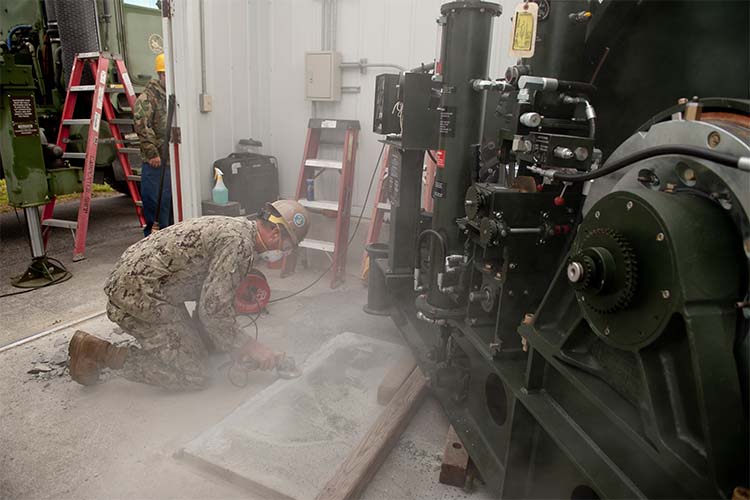What does last year’s move by OSHA of removing the combustible dust standard from its regulatory agenda means for facilities that deal with combustible dust? What standards must you follow to stay compliant with all the instructions in your industry?
These are the 3 combustible dust standards you must recognize.
The NFPA (National Fire Protection Association) comes up with combustible dust standards. These standards, though not legally binding, offer recommendations and best practices. The principles that link to combustible dust include:
- NFPA 61: This standard talks about prevention of fires and dust explosions in agricultural and food processing plants.
- NFPA 484: Combustible metals
- NFPA 654: Prevention fire and dust explosions from the processing, manufacturing, and handling of combustible particulate solids.
- NFPA 664: Prevention of fires and explosions in woodworking facilities and wood processing plants.
- The NFPA 652: Standard on the basics of flammable dust.
Other standards that touch on combustible dust are:
- NFPA 68: Standard on explosion protection by deflagration venting.
- NFPA 70: National electrical code.
- NFPA 69: Standard on preventing explosions.
These standards become law once they are adopted by federal, state or local jurisdiction.
How Can the NFPA Standards Be Adopted Into Law
Industrial processors and manufacturers must be fully aware of the 3 main ways that the NFPA standards can become law.
OSHA
This body relies on NFPA for its standards that are associated with fire. Even though the OSHA rule on combustible dust has been cut, the current standards have parts that talk about combustible dust. The General Duty Clause identifies all the hazards. OSHA’s Combustible Dust National Emphasis Program inspects and cites facilities for all hazards caused by dust.
It’s important to remember that only half of the states run under federal OSHA. The rest have OSHA-Approved state plans and these are more rigorous.
Building Codes
In the US, the International Building Code is enforced in all 50 states. But the versions differ as they are modified according to their unique circumstances.
Fire Codes
Every jurisdiction has fire codes and the 3 main ones in the US are:
- NFPA 101: Life Safety Code
- NFPA 1 Fire Code
- International Fire Code (IFC): Enforced in 42 states.
This information might be a bit complicated but one thing that you should know is, they all lead to fines, citations or closure of facilities that fail to comply.
The only way to stay compliant is to stay informed. How can you do this? By talking to all involved parties i.e. fire and building inspectors and OSHA staff. Know all the guidelines that have been set in your area and the ones that apply to your industry.
Where you want to have a serious talk on how to handle combustible dust in your facility, give us a call. We have the best industrial vacuums and strategies to deal with all your dust problems.













